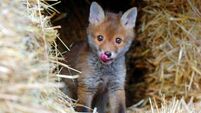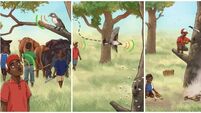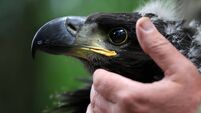Dogs have had jobs ever since they were domesticated
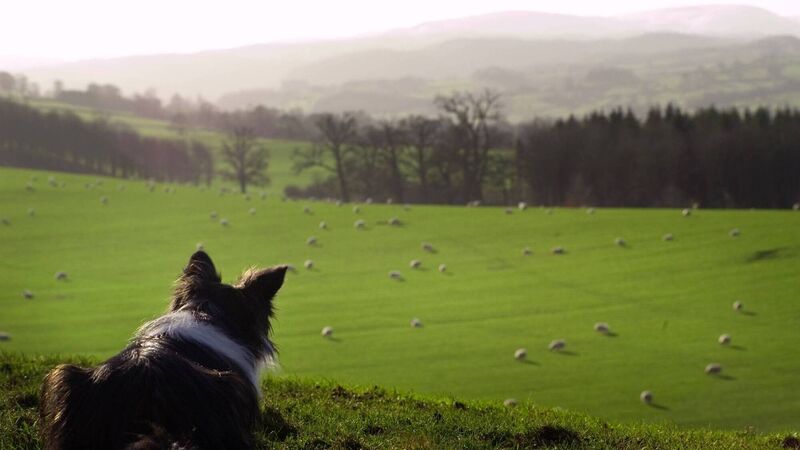
Man’s best friend was domesticated, possibly in Siberia, when wolf cubs were captured there more than 20,000 years ago.
W S Gilbert, of Gilbert and Sullivan fame, recognised only two tunes. He said: "One is 'God Save the Queen', the other isn’t."
Michael Yeats claimed that his famous father, William Butler, knew that the national anthem was being played only because people stood up. Some individuals are considered to be ‘musical’; others are ‘tone deaf’.
You might be ‘good at sums’, have ‘the gift of the gab’ or run a mile in four minutes. No enduring genetic lineages are necessary to account for such abilities. Natural selection, the great leveller, ensures that most departures from the norm aren’t passed on.
That is not the case, however, with domesticated species. They are the products of artificial, rather than natural, selection — desired traits are inculcated by selective breeding over generations. The dog is a perfect example; its ancient genetics are examined in a paper, the lead author of which is Emily Dutrow of the National Human Genome Research Institute.
Dog breeding, according to Dutrow, "may constitute humankind’s most consequential behavioural genetics experiment".
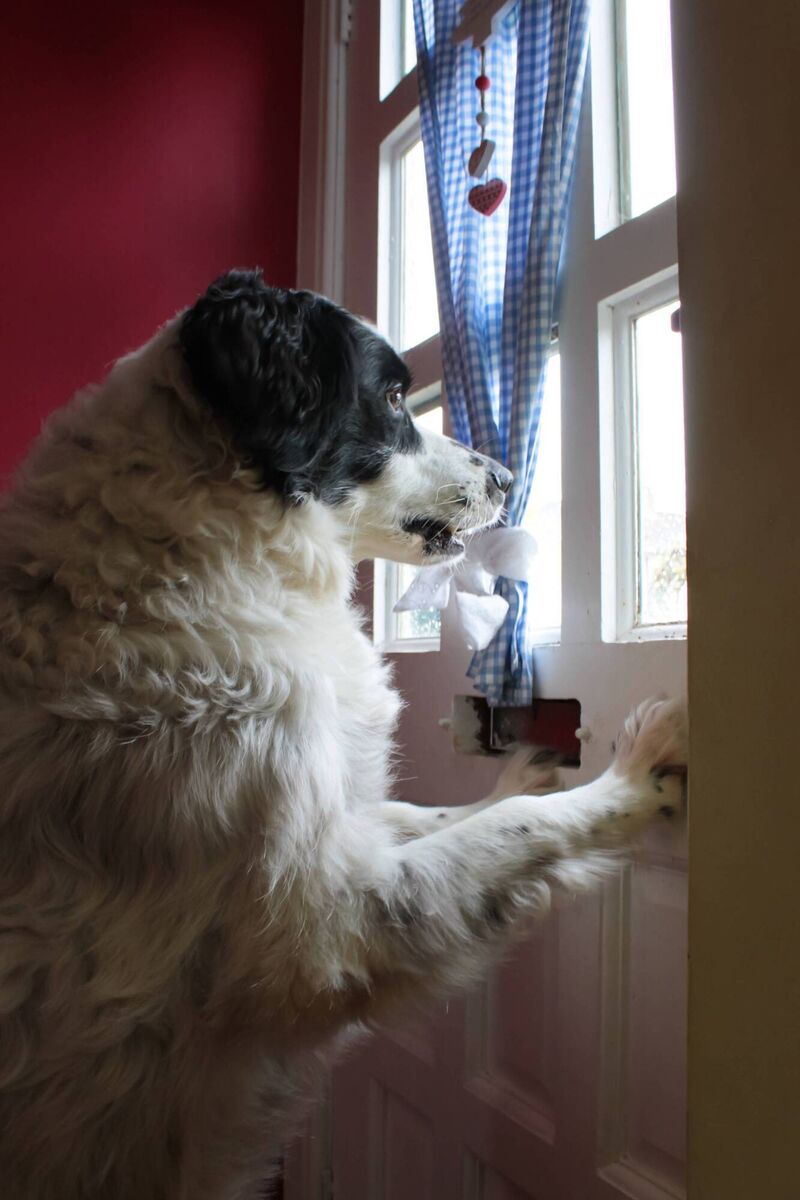
Man’s best friend was domesticated, possibly in Siberia, when wolf cubs were captured there more than 20,000 years ago. Ever since then, dogs have had jobs.
They were bred to herd livestock, assist hunters, guard settlements, catch rats, track people, detect substances, lead the visually impaired and pull sledges. They may even help diagnose diseases. Today’s dog, after millennia of selective breeding, is virtually an artificial creation.
Each dog’s history is recorded in its DNA. If we could decipher that, what a fascinating story it might yield!
A particularly intriguing question concerns the history of dogs in America. According to a paper published two years ago, the lead author of which is Máire Ní Leathlobhair, formerly of Trinity College and now at Cambridge, dogs were not domesticated from North American wolves as was once thought.
Their ancestors came from the Old World, crossing the Bering Strait to Alaska with colonisers from Asia. However, ’after the arrival of Europeans, native American dogs almost completely disappeared, leaving a minimal genetic legacy in modern dog populations’.
Ironically, the closest detectable extant lineage to pre-conquest American dogs is a canine venereal tumour, "a contagious cancer clone derived from an individual dog that lived 8,000 years ago".
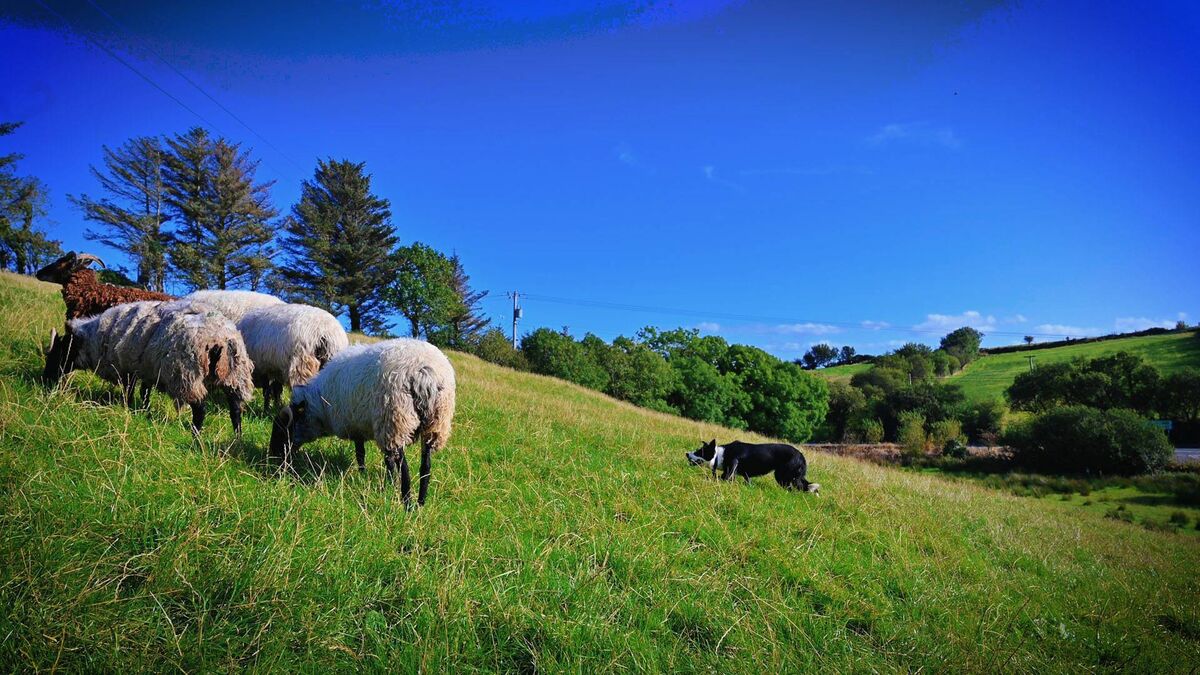
So many factors are at play that unravelling the various strands of the dog’s genetic history has been impossible to date.
However, recently-developed techniques for ‘big data’ analysis may have come to the rescue. They have enabled the Institute to analyse DNA samples taken from more than 200 dog breeds and interpret survey data supplied by over 50,000 pet owners. Pure-breds, mongrels, ‘companion animals’, and strays were included in the samples.
The researchers have managed to identify 10 major dog lineages and have isolated genetic drivers associated with particular types of behaviour.
Owners of pure-breds have identified behaviours specific to particular breeds. These correlate with the 10 lineages. A particular set of genes would be found, for example, in breeds which engaged in herding, Dogs excelling in other activities would exhibit a different lineage.
And, unlike Gilbert and W B Yeats, some dogs respond when they hear music — they howl.





